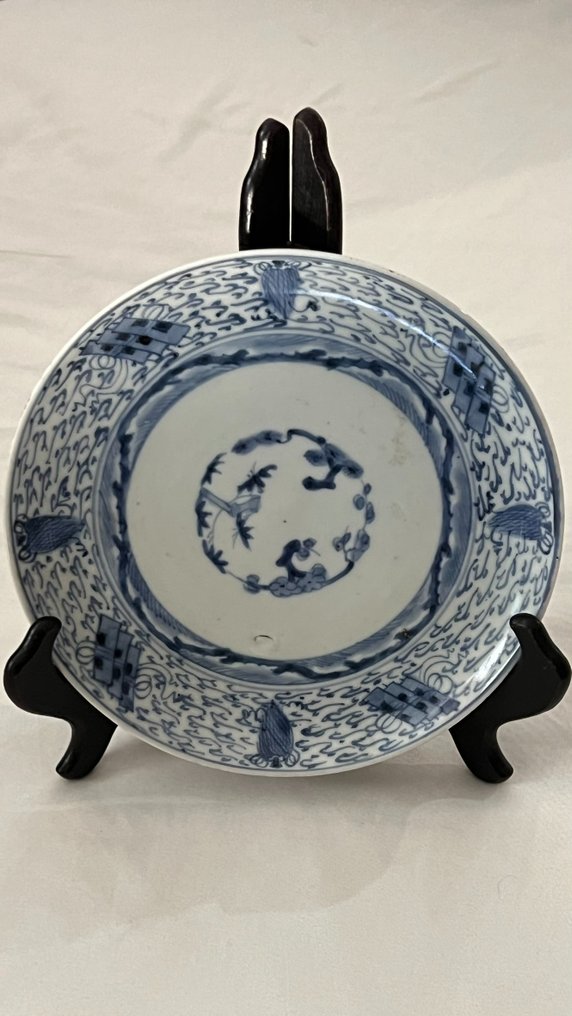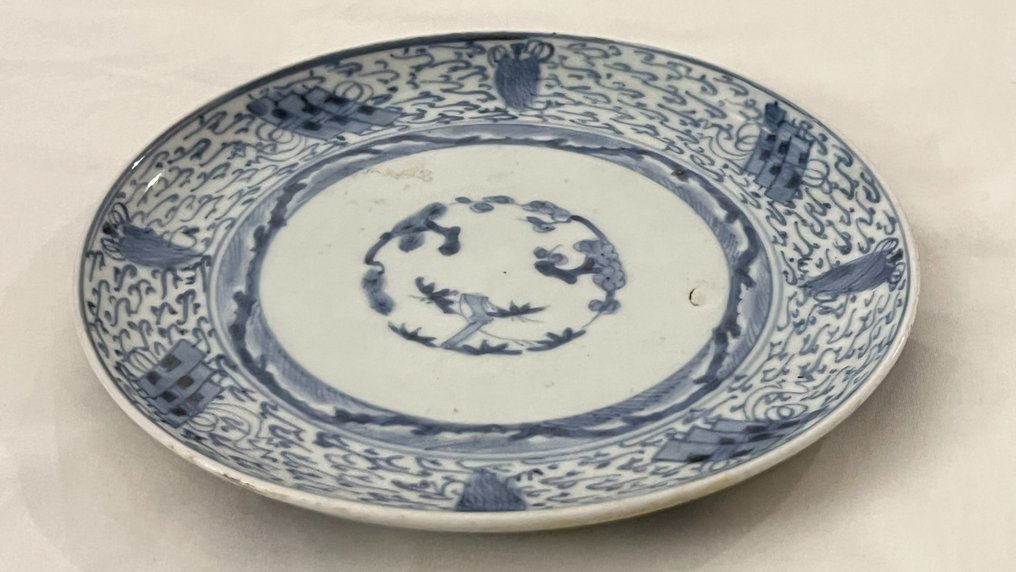The worst experience ever. Absolutely not recommended.
Visualizza traduzionePiatto piano (2) - Porcellana - Piatto
N. 85582045




In that year, the Korean potter Yi Sam-pyeong discovered porcelain clay in Arita Izumiyama in the northwest of Kyushu, and opened a kiln in Tengu Valley of Kamishirakawa, and successfully fired blue and white porcelain for the first time. These blue and white porcelains are called "Imari blue and white porcelain". The early Imari blue and white porcelain (1646-1640) imitated the blue and white style of the Joseon Dynasty. The patterns were mostly simple pine, bamboo, plum, chrysanthemum, willow, grape, curling grass or landscape, etc. The brushwork was rough and the painting method was freehand. The glaze color was white with green, and the blue and white color was gray-blue.
There are signs of wear and tear, no damage or restoration,
In that year, the Korean potter Yi Sam-pyeong discovered porcelain clay in Arita Izumiyama in the northwest of Kyushu, and opened a kiln in Tengu Valley of Kamishirakawa, and successfully fired blue and white porcelain for the first time. These blue and white porcelains are called "Imari blue and white porcelain". The early Imari blue and white porcelain (1646-1640) imitated the blue and white style of the Joseon Dynasty. The patterns were mostly simple pine, bamboo, plum, chrysanthemum, willow, grape, curling grass or landscape, etc. The brushwork was rough and the painting method was freehand. The glaze color was white with green, and the blue and white color was gray-blue.
There are signs of wear and tear, no damage or restoration,
- 1
- 1
- 1
- 1
- 1
- 1
The worst experience ever. Absolutely not recommended.
Visualizza traduzione








